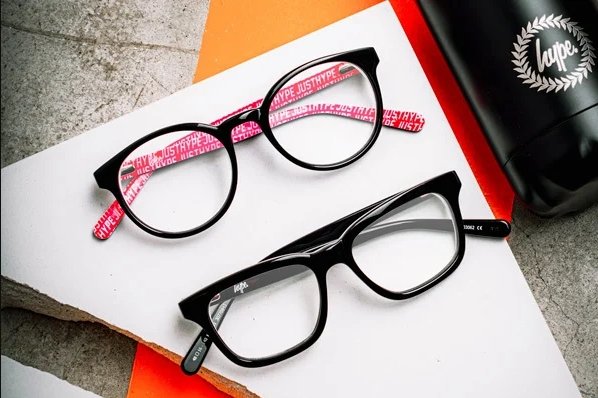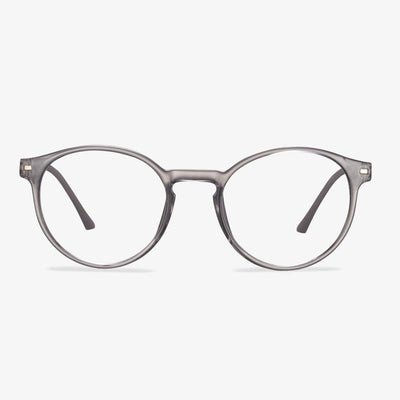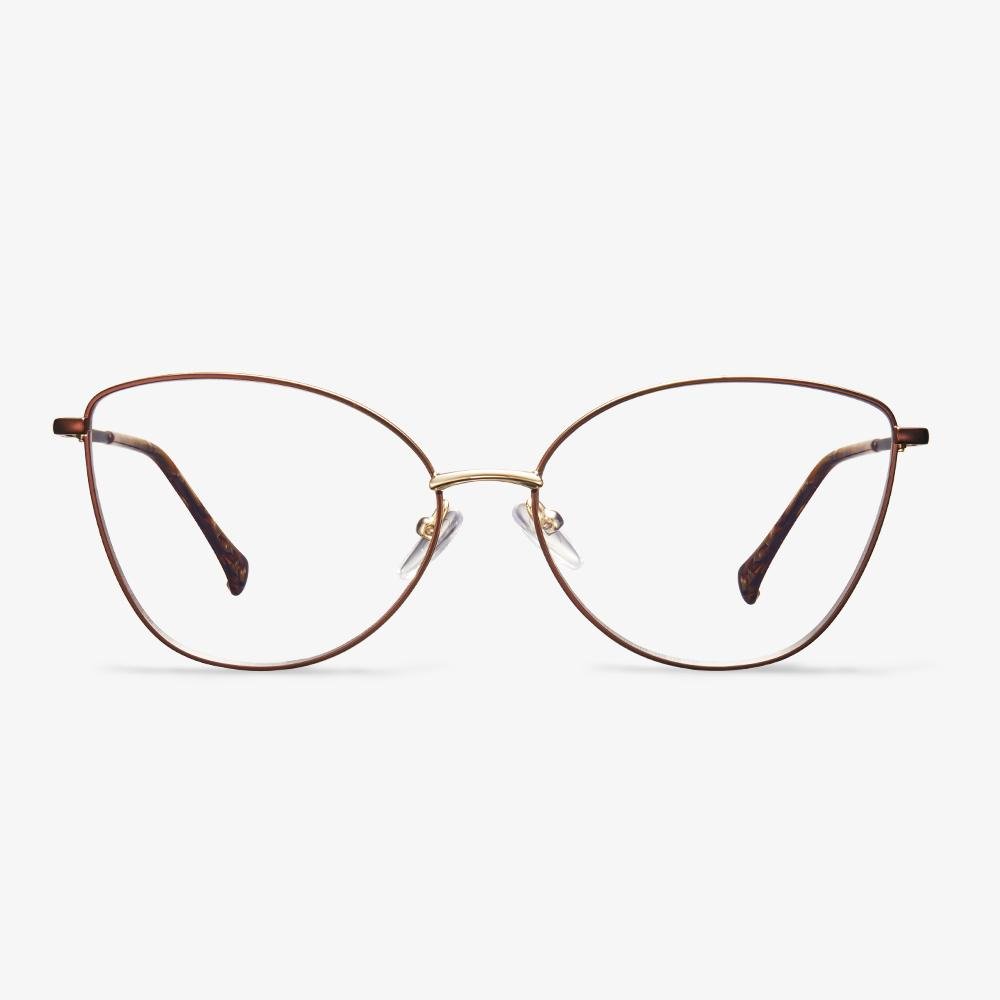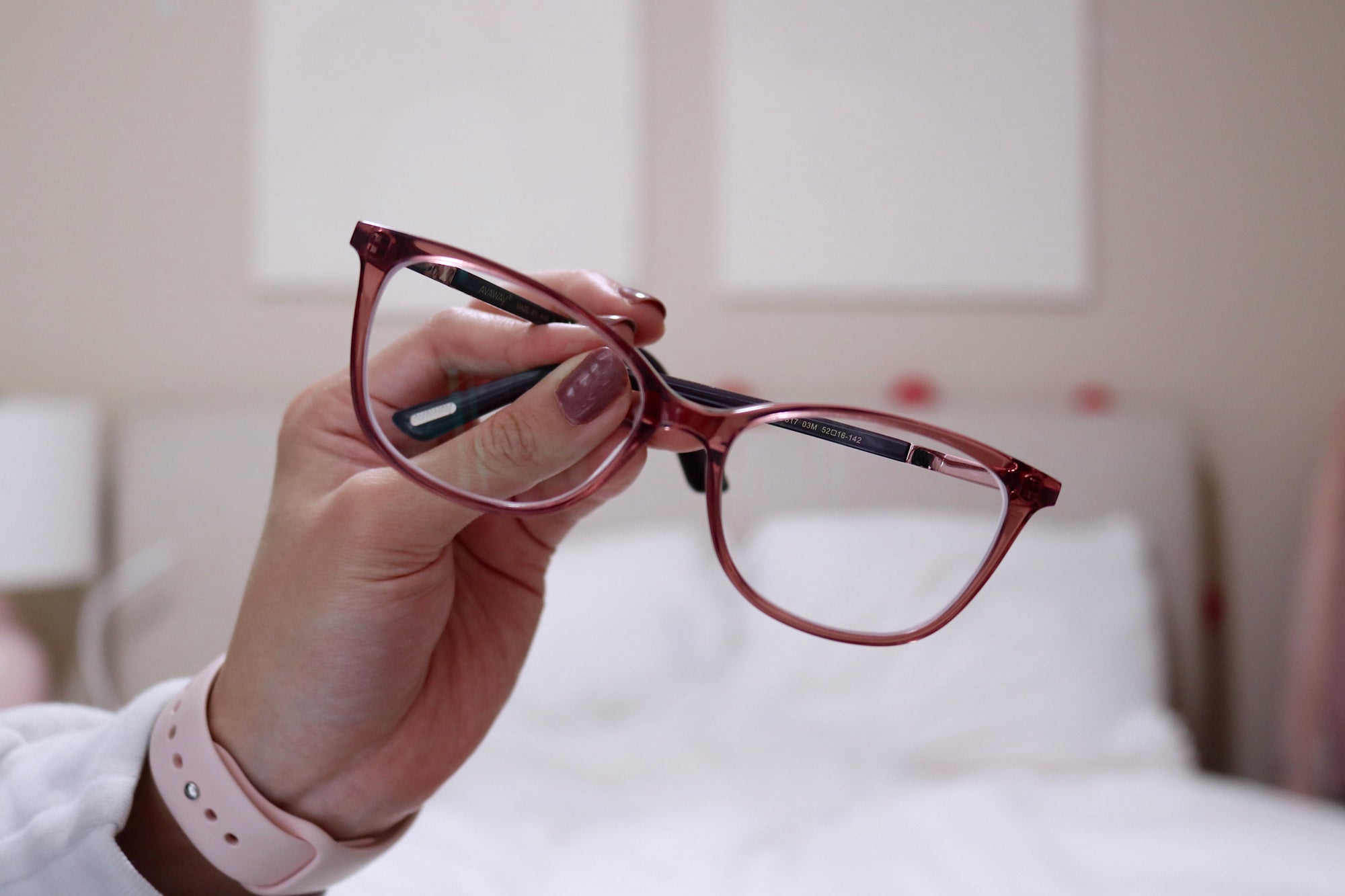Disadvantages of bifocal glasses
The disadvantage of bifocal glasses is that the different areas are clearly spaced and the appearance is not beautiful. The medium distance is fuzzy, and the adaptation period is needed, there is a prismatic jumping phenomenon. The focal distance between the upper and lower lenses is different, with a clear dividing line. The main disadvantage is that when the line of sight moves from far to near, there will be interference like jumping, and the middle distance object image is blurred. Students can adapt to sitting still in a class by wearing bifocal glasses, but they can only wear glasses when they are in class or studying because of the inconvenience and even danger caused by the interruption of the glasses.
GlassesUSA has a wide variety of glasses.
GlassesUSA has a large selection of frames to choose from. Their frames are classified by gender, designer, color, shape, and trend. In addition to sunglasses and sports glasses, there is an area for children's glasses. GlassesUSA has cheap options and expensive frames. To mark the launch of 3D-printed glasses, GlassesUSA is giving consumers the opportunity to design their own frames for an opportunity to win a $300 GlassesUSA gift card.
TERAISE Polarized Clip-on Sunglasses Over Prescription Glasses
The use of a yellow night vision clip helps reduce the glare of other vehicles' lights effect, and a nearsighted night vision clip can improve the safety factor of night driving. You can wear myopic prescription night vision glasses for a small amount of money, saving at least $350 / euro. It only weighs 4 grams. With a strongly polarized lens, the glare can be weakened, simple, and beautiful. On cloudy, rainy, or foggy nights, it's safer to wear a night vision clip. They have 18 months of quality assurance and comprehensive customer service.
Who should wear blue light glasses?
Teenagers, middle-aged and old people need to wear blue light glasses. The lens of a teenager is clear, pure, and still developing. Their eyes are less resistant to blue light than adults and are more vulnerable to long-term exposure to blue light, which can promote the development of myopia. Teenagers study more nervous, are free to love to play computer games, love to watch TV programs. Blue light damage can be said to be everywhere. As a result, teenagers are among the biggest victims of blue light. Macular degeneration is a common disease in the elderly, usually occurring after the age of 45, and the incidence increases with age. Blue light can accelerate the progression of macular degeneration, especially in patients following cataract surgery. Blue-blocking glasses are still the best preventative measure.
What to consider when buying eyeglasses?
The size of the frame should match the pupil distance so that the edge thickness of the lens is thinner and more comfortable to wear. The size should be proportional to the size of the face. The upper edge should not be higher than the eyebrow and the eyebrow should not be visible in the lenses. The shape of the frame should match the shape of the face and skin tone to meet aesthetic requirements. The rectangular face should choose a circular arc or arc transition frame. An inverted triangle face shape should choose one with a lower wide edge.
Choose rectangular glasses based on the shape of your face.
If you belong to the oval face, do not choose the too large or angular glasses frame. And do not choose long or square ones. It will be easy to elongate the face and affect the overall appearance. The shape of a round face is the opposite of a square face, so the buying principle of the glasses is basically the opposite of a square face. You need a more angular one to improve the shape of the face, but you need a square face (elongate) principle, that is, use a lower height, higher temple position of the frame.
What difference do mono-focal glasses and multi-focal glasses have?
A mono-focal lens is a lens with one focal point. Usually, the myopic far-sighted presbyopia that we see belongs to mono-focal glasses. There is only one diopter on one lens, and this is the single focal point. Multi-focal glasses are lenses that have multiple focal points, that is, multiple diopters. Both mono-focal glasses and multi-focal glasses are visual correction tools, but mono-focal glasses can meet basic vision needs, like fatigue relief, control of depth of diopters, and focus on different distances such as the need to see far and near.But because there are many different diopters on a multi-focal glasses lens, so the elderly can not only see far after wearing. When they see close distance, they do not need to take off glasses or wear reading glasses. Wearing multi-focal glasses is not easy to fatigue.











































